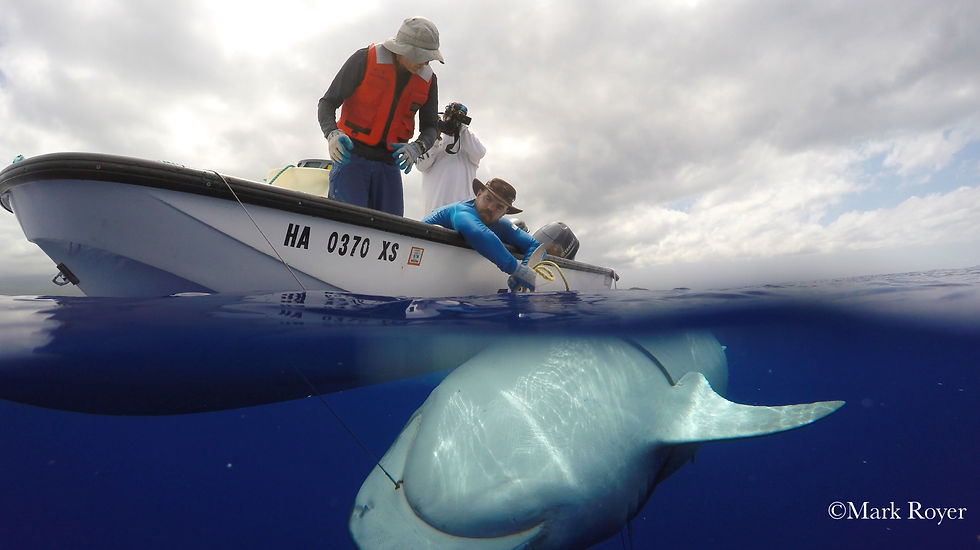
The Payne Lab

WHAT
WE DO
We have a broad interest in ecology and marine biology, but here are a few research themes we are currently most excited about!
To see our PUBLICATIONS, go to our Scholar page

THERMAL BIOLOGY
Temperature has a profound influence on the physiology and fitness of ectotherms, but we still have much to learn about the role of temperature in settings where species can live, and how well they can perform there. Our lab uses a wide ranges of approaches - from bio-logging with wild animals to laboratory experimentation and theoretical modelling - to explore how temperature regulates individual performance of animals, and how that relationship then sets limits to the environments they can inhabit in nature. We think this kind of knowledge is very important for predicting how species will respond to future changes in environmental temperature, as is happening with climate change.
You can check out some of our papers on thermal biology here:
ENERGETICS OF MARINE ANIMALS
Energy is a key currency of life, and animals need to carefully manage the balance between acquiring and using it. We have a keen interest in the energetics of marine animals, and use tools such as hydrodynamic modelling, biologging and respirometry experiments to estimate the energetic costs of different activities. Such information can be really important for understanding how much food animals need to eat, their role in broader ecosystems, and even basic things like how fast fish can swim.
THE EFECTS OF CATCH-AND-RELEASE FISHING
The catch and release of large fish species, including sharks plays an important role in both ecotourism and scientific research. Such catch-and-release angling methods are considered to be more sustainable, as the animals are released back into their natural habitat after capture. However, a physiological stress response is known to occur in many fish species post release. Studying the both the behavioural and physiological responses of fishes to such catch-and-release methods is important for understanding the implications of such practises on these wild animals.

Conservation Physiology - 2022











